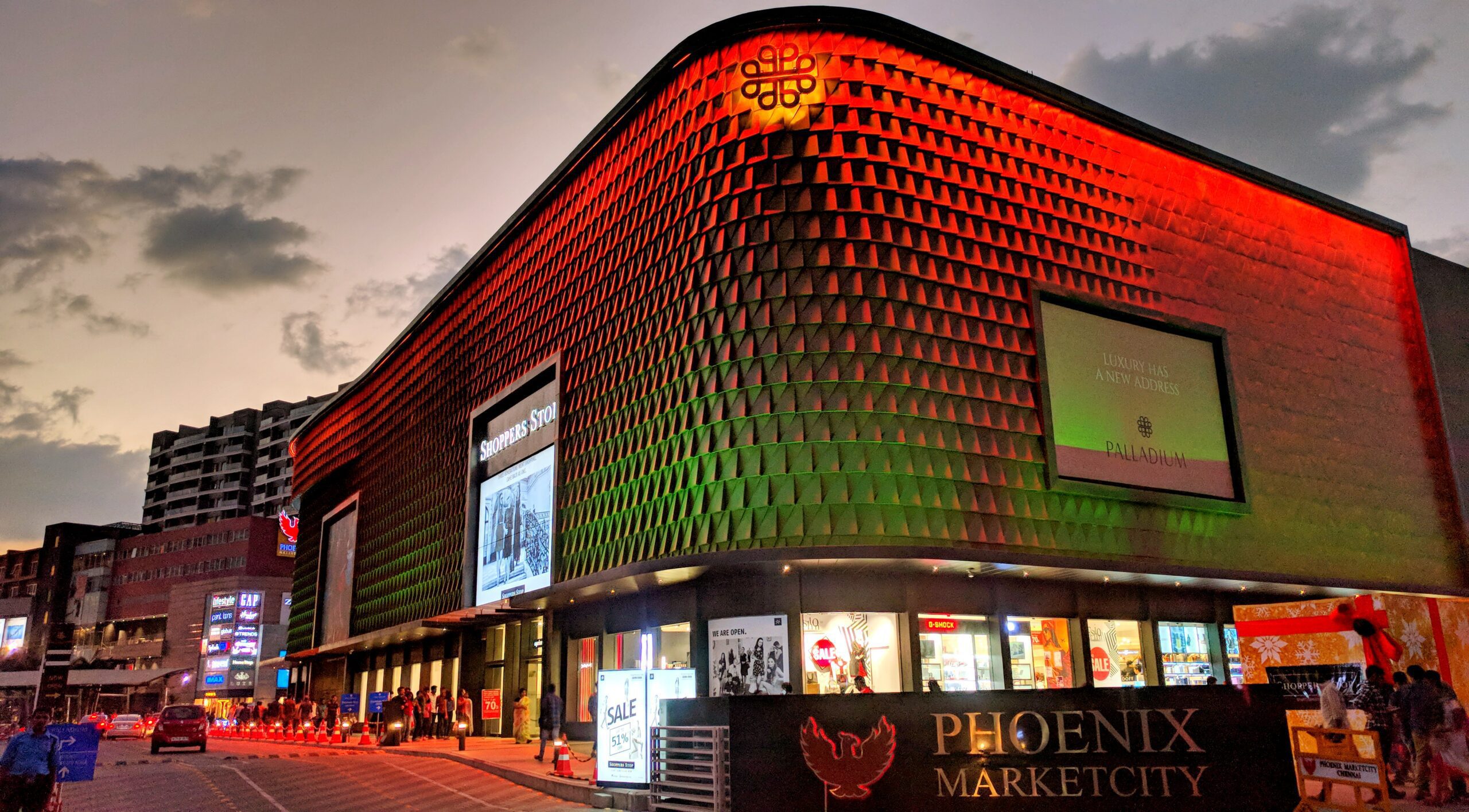Building façade is one of the most vital pieces of design, which refers to the side, normally the front side of a building structure. It provides a great opportunity for designers and architects to play around and display their design skills and artistic talent. But a façade is more than just for show to the public.
The design of façades is highly complex, at the same time extremely important in determining the success of a building. The façade does not only integrate with architectural context, but also play a key role in the building performance. In theory, a façade designer has to strike a balance between visual and thermal performance of the façade, which plays an important role in energy consumption and thermal comfort of the occupants inside the building.
Façade s are not only designed for their aesthetic reasons, but there are also several factors that need consideration such as types of materials and their durability, ease of installation and maintenance, cost factor, resistance to corrosion and other chemicals are some of the common considerations that goes into an effective façade design and implementation. That being said, the important aspect of the façade is that it adds value to both the efficiency and aestheticof the façade is the façade lighting. In high rise buildings, façade sare of significance mainly becausethey impact the thermal comfort temperature of the insides. “Technically speaking, thelight efficient façade - or building envelope that adapts to environmental light conditions- dates back to the first window.But the contemporary idea of the façade has only been aroundfor a few short decades. Energy- producing algae face, light- responsive façade s, smog-eating façades, operable skin façade s, etc. are some of the innovative façades that are gaining prominence. These façades become particularly important when a large part of the building is covered by it,” says Juzer Kothari, Managing Director, Conserve Consultants Pvt Ltd, a specialist in Building Sustainability.

FAÇADE LIGHTING:
In architecture, the façade of the building is the most important area for the architect to showcase his artistic impression and bring out the concept of the building, as it sets the tone for the rest of the building. Façade lighting, which is also part of the façade design, is not only to localise the building and provide security, but also plays a key role in expressing the architectural and artistic impression of the building. The lighting draws attention to the textures, colors, and forms of space, helping the architect to achieve the true purpose of his or her design. As it's been said, vision is the single most important sense through which we enjoy architecture, and lighting enhances the way we perceive architecture even more.
In recent years, façade design has been the signature of famousarchitect firms, who want to leave amark through their unconventional façade design that stands out, and lighting is one such aspect that is helping them to bring out their uniqueness.
A good façade lighting should have the following key aspects such as:
- Aesthetic
- Function
- Efficiency
Aesthetic:
As the whole concept of façade lighting is to add value to the design, it is only evident that aesthetic forms a major aspect of façade lighting. The aesthetics is where designers and architects focus on the emotional impact that it will have on the occupants. It also determines how the occupants feel when they walk around the space. Aesthetics have become animportant crowd-pulling aspectfor retail locations, where the consumers are owed through the design and lighting of the façade.
Function:
Though aesthetic comes as a natural requirement of façade lighting, the less known aspect of its function is the most important factor in the façadelighting. Lighting has mixed-useand we all want it to look a certain way, but also want to ensure that it serves its most important purpose, in this case, the illumination of the building and create visibility. Research studies suggest that lighting has a high index of disrupting the thermal comfort of the occupants. If it goes higher than the expected level, or lower than it, it creates a strain on visibility, causing migraine among the occupants. Hence, the optimum façade lighting should ensure proper illumination that makes occupants feel soothing to see the entire building. They should also bring out the difference in design or structure in the façade.
Efficiency:
In the age of green and sustainable buildings, façades have gained more prominence in ensuring the sustainability index of the entire building. One aspect is to create a breathtaking façade lighting, entirely another one is to create a breathtaking layout thatis also incredibly energy efficient.This can be done assuring that the majority of the light is reaching its target and there is less wastage of light. Reducing the amount of wasted light will make the façademore efficient.

